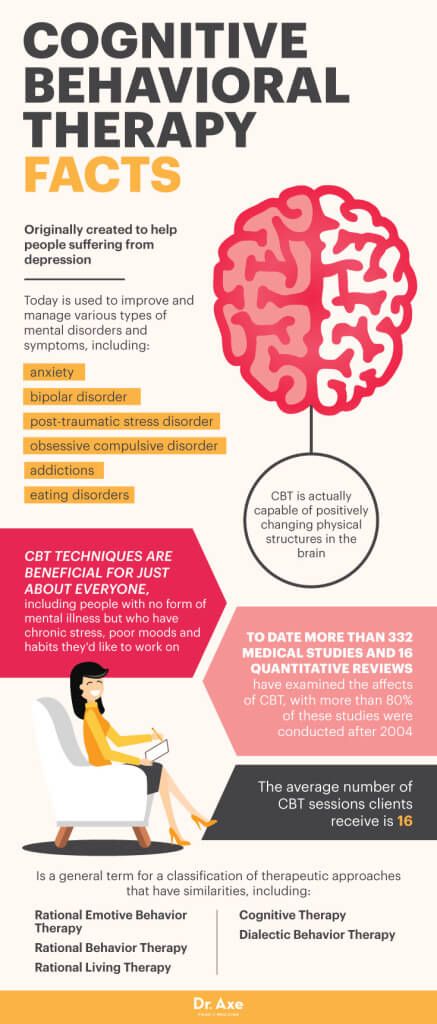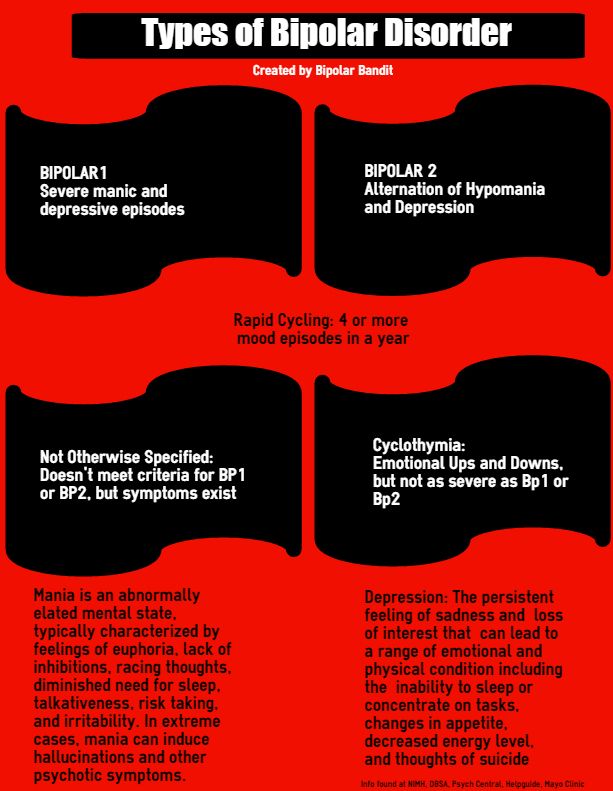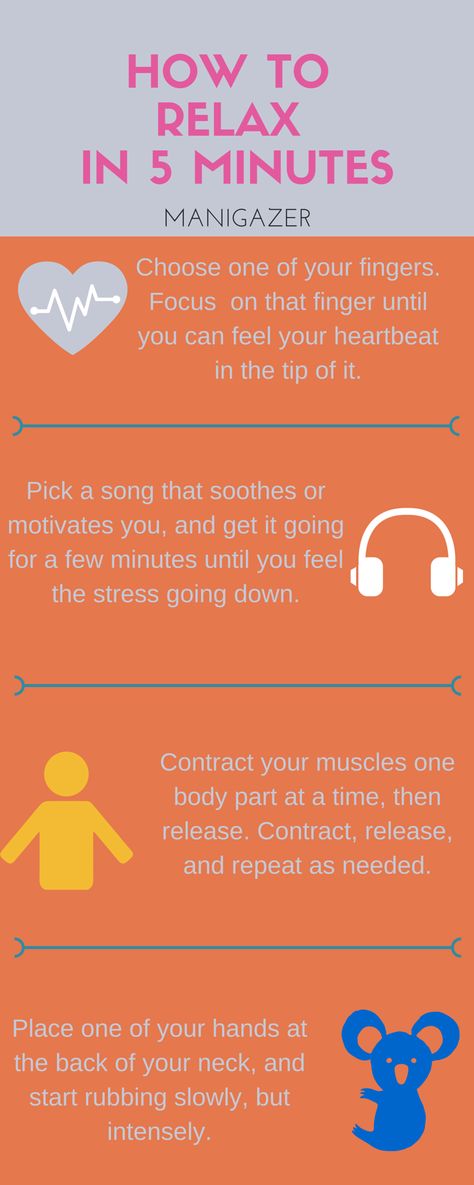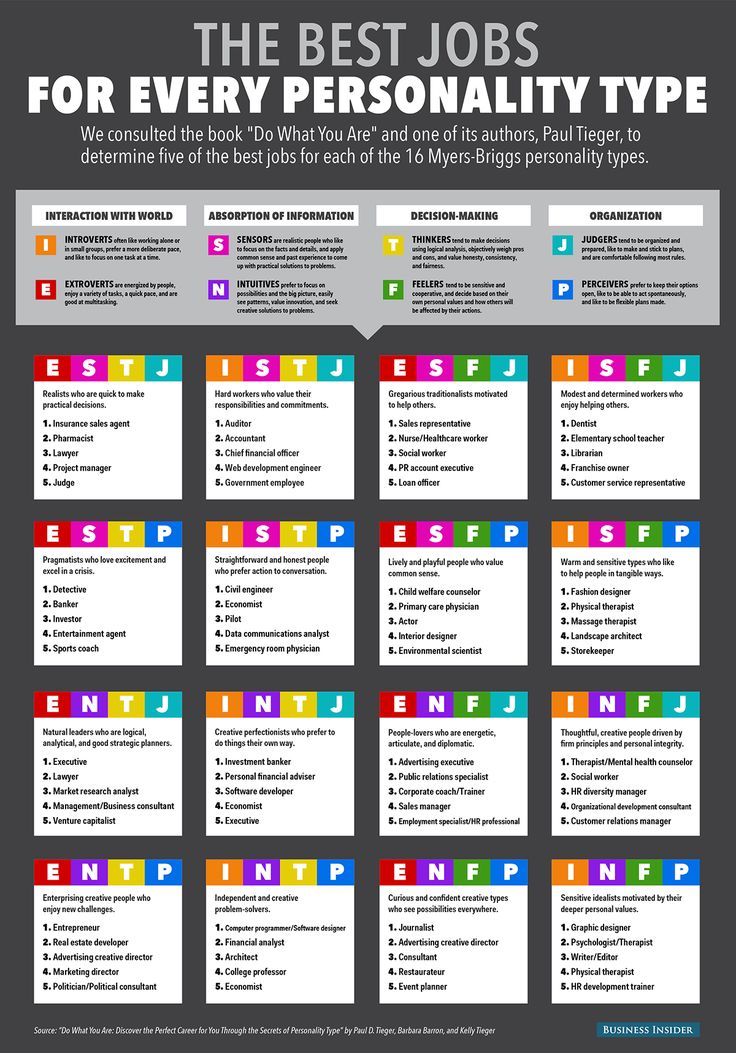Elements of cognitive behavioral therapy
Define Cognitive Behavioral Therapy
The definition of Cognitive Behavioral Therapy is a brief psychological treatment focused on improving mood by changing thoughts and feelings. Numerous clinical trials and research studies have been conducted on the main components of cognitive behavioral therapy. In study after study, CBT is shown to be the most effective treatment for most psychological problems.
Cognitive behavioral therapy works from the most current scientific understanding of psychology and related processes. It relies on a model of understanding psychological problems as the result of an interplay between thought patterns, emotions, and behaviors. As each component affects the other, often resulting in chain-reaction of worsening symptoms over time, CBT targets each of the three components with the expectation that the entire system will change. Switching from ineffective thinking patterns to more effective thinking patterns will in turn result in more adaptive behavior and fewer emotional problems.
Similarly, by modifying ineffective behavior, both thoughts and emotions are positively affected. Cognitive behavioral therapy targets each of the components, and results in a short-circuiting of the system responsible for negative mood states and problematic behavior.
There are threee main components of cognitive behavioral therapy: cognitive therapy, behavioral therapy, and mindfulness-based therapies.
Cognitive therapy focuses mainly on thought patterns as responsible for negative emotional and behavioral patterns. From the perspective of cognitive therapy, negative emotional states are caused and maintained by ineffective or exaggerated biases in thinking. The key intervention in cognitive therapy is identifying distorted or self-defeating patterns, and learning to respond to them with more balanced, reality-based thinking. This then results in fewer emotional problems, and more successful behavioral patterns. This process is known as cognitive restructuring.
Behavioral therapy focuses more on the behavior as the more influential component of problematic psychological patterns. In behavioral therapy, problems are analyzed, and problematic behaviors are identified. The main mechanism of change in behavioral therapy is facilitating the learning and implementation of effective behaviors to replace ineffective behaviors. This can take the form of modeling/teaching new behaviors, increasing exposure to previously-avoided stimuli, and increasing rewarding behavior. Some treatments rely more heavily on cognitive interventions, while others primarily on behavioral. However, treatments for most psychological difficulties rely on a combination of both cognitive and behavioral interventions to achieve long-lasting change.
Mindfulness-based therapies are the newest addition to cognitive behavioral therapy. Mindfulness is a meditation technique found in Theravada Buddhism, that directs attention to the task at hand in a focused, non-judgmental fashion.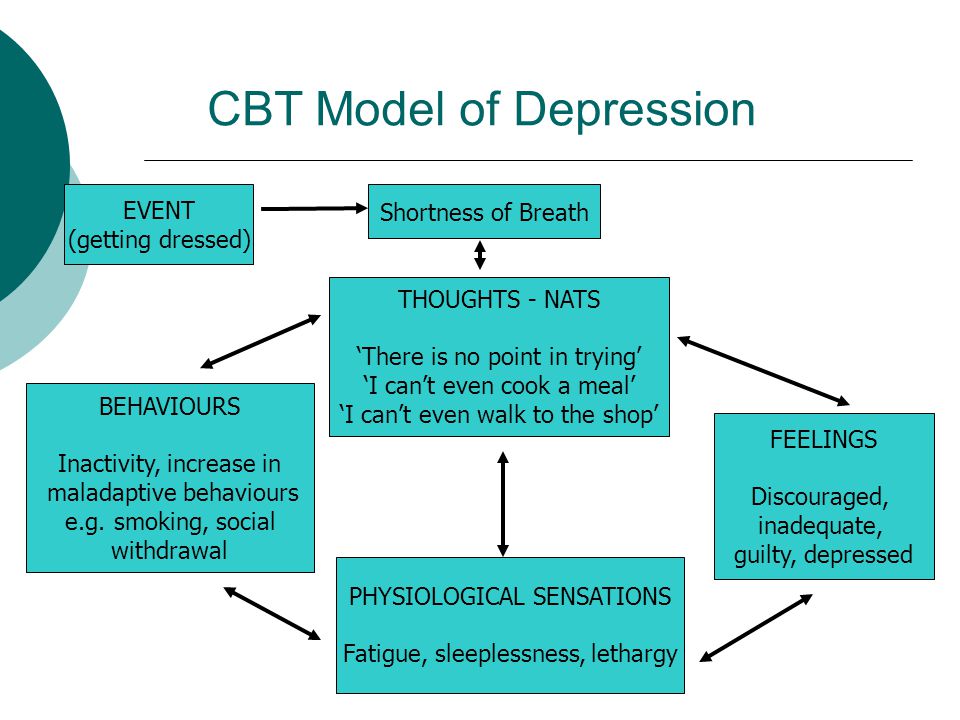 Although in some ways it is a cognitive intervention, mindfulness differs from traditional cognitive therapy in that mindfulness emphasizes sustained attention on the present, whereas traditional cognitive therapy relies more on Socratic questioning of assumptions about the past, present, and future.
Although in some ways it is a cognitive intervention, mindfulness differs from traditional cognitive therapy in that mindfulness emphasizes sustained attention on the present, whereas traditional cognitive therapy relies more on Socratic questioning of assumptions about the past, present, and future.
During early sessions of cognitive behavioral therapy, problems are discussed, and treatment goals are agreed upon. Based on the treatment goals and conceptualization of the problem, each session is devoted to problem solving current difficulties. Unlike most forms of psychotherapy, between-session homework assignments are assigned as a way of helping the client implement the solution in his/her life. There is significant research showing the use of homework in treatment is one of the most powerful indicators of success in therapy. By rehearsing solutions to problems throughout the week, the client gains mastery in the skills needed to solve his/her own problems. In this way, the client learns to become his/her own best resource when future difficulties arise. You can learn more about the process of CBT and what to expect as a client here.
You can learn more about the process of CBT and what to expect as a client here.
Cognitive Behvaioral Therapy Los Angeles is a therapy practice of expert psychologists with the highest level of training and experience in providing evidence-based treatment. To ask a question or schedule a consultation to determine whether CBT is right for you, click the button below.
Components Of Cognitive Behavioral Therapy
Cognitive behavioral therapy (CBT) is a psychotherapeutic technique designed to help people examine their thought patterns which lead to their self-destructive behavior. Patients will learn how they can challenge these thought patterns and change them to make better decisions. This type of psychotherapy is mainly used in the field of addiction treatment. It concentrates on enabling people to change the automatic negatives in their minds, which so often lead to depression, anxiety, and emotional problems. Successful cognitive behavioral therapy can help patients replace their current thought processes with objective, realistic thought patterns.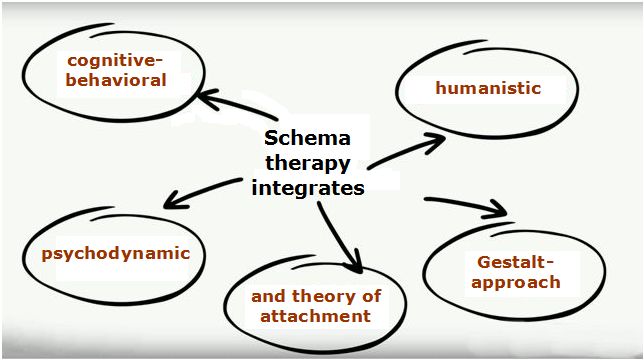
Cognitive Behavioral Therapy Core Principles
The core principles of cognitive behavioral therapy focus on altering thinking and behavioral patterns. It most often forms the bedrock of modern addiction treatment, but it can also be used to help people who suffer from common conditions like anxiety and depression. When implemented, the therapy has up to a 75% effectiveness rate. This makes it one of the most successful types of therapy in use.
Changing Thinking Patterns
Cognitive behavioral therapy dates back to the 1960s and the work of Aaron Beck. He was the first professional to identify what he termed as ‘automatic negative thoughts’. Patients who suffer from addiction, disorders, and emotional issues often find themselves trapped in the same thinking patterns. This forms the root of their self-destructive behaviors. For example, if a patient has a stressful day at work they may think the only way to cheer themselves up is to go to the bar and drink excessively.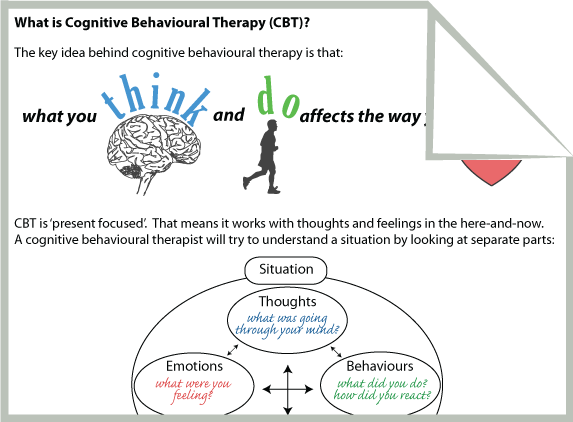
Every time they have a stressful experience this is the result; this is an automatic negative thought pattern that influences their behavior. Cognitive behavioral therapy will teach patients how to better cope with stressful experiences by encouraging them to think differently. They will be taught to analyze how they think and then, challenge that thinking pattern. The whole point is to permanently change the negative thinking cycles patients find themselves in. This will eventually lead to a positive change in both their behavior and their daily emotional states.
Changing Behavioral Patterns
Changing a patient’s behavioral patterns is the second phase of cognitive behavioral therapy. A negative thought pattern leads to subsequent negative behavior. Once a negative thinking pattern has been successfully challenged, psychotherapists and patients will work together to make positive behavioral changes. Patients are encouraged to think about how they can better cope with potential triggers and what they can do instead.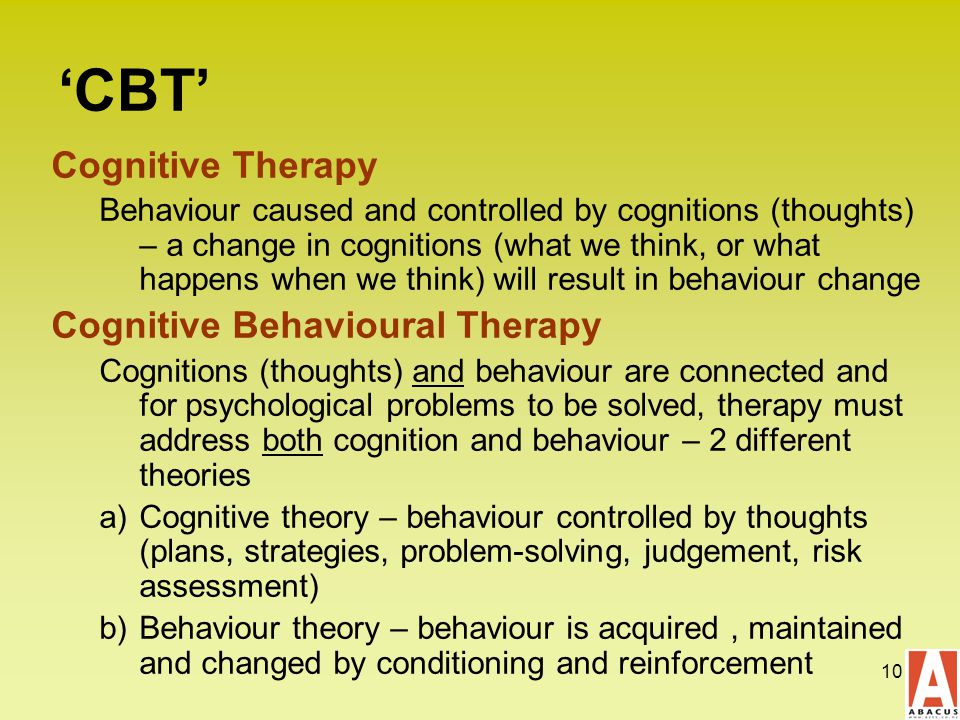
For example, if a patient deals with stress, anxiety, or depression through alcohol or drug use, they will be asked to think about what they can do instead of caving into an addiction. Can they take a few minutes to process their thoughts in an objective, realistic way? Do they have other activities they can indulge in which are more conducive to physical and mental health? This is a complex process and, even though the therapy tends to be rigorously structured, the solution will be specific to the patient.
Setting New Goals
The final core principle of cognitive behavioral therapy is setting goals for the future. Goals are always specific to the patient and success can be measured in different ways. For example, if someone suffers from anger problems they may set a goal of summoning the willpower to walk away from conflict situations, rather than losing their temper. Goal-Setting will be done in conjunction with a professional psychotherapist to ensure new goals are realistic and not overly ambitious.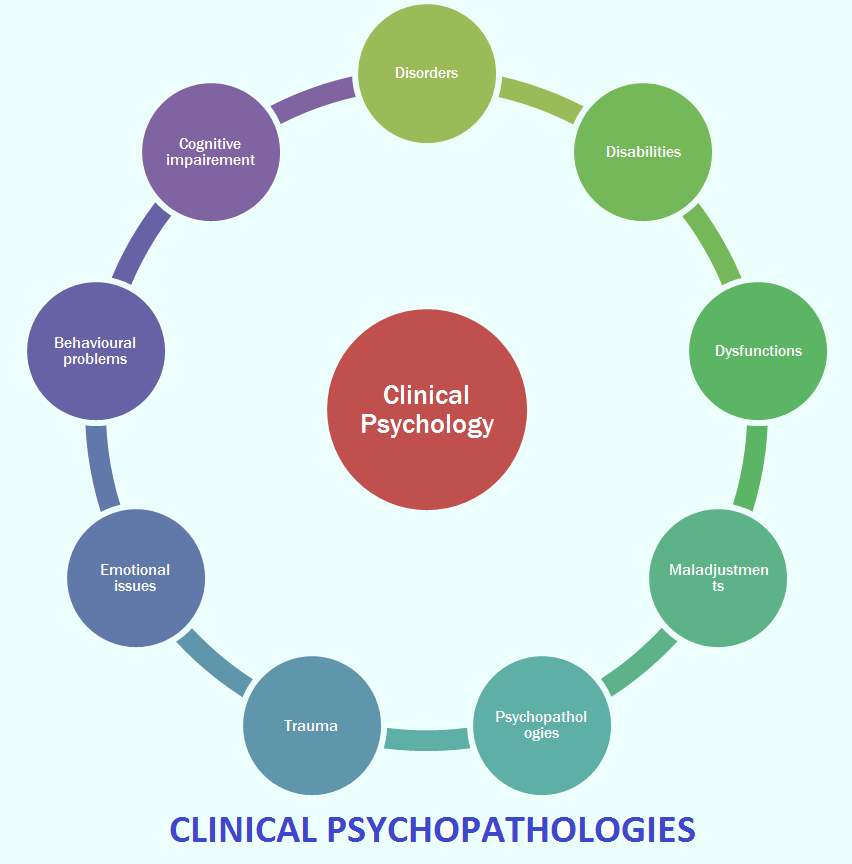
Measuring The Success Of Cognitive Behavioral Therapy
Cognitive behavioral therapy is considered to be highly effective because it is far easier to measure the success of this type of therapy than with other types. The responsibility for measuring success is managed by the therapist who will provide patients with methods in which they can measure their progress. The Neuropsychological Educational Approach to Cognitive Remediation (NEAR) is one option therapists use to measure weekly progress by having the patient complete a number of exercises.
Patients should also take time to reflect. Progress towards long-term goals, learning new skills, and other people noticing change are some ways in which patients are able to determine whether or not they are making progress. It is important to understand it will take months and years to initiate lasting change. Although the effectiveness of the therapy is highly regarded, it is not a silver bullet.
Consider Cognitive Behavioral Therapy with Aquila Recovery
Anyone undergoing cognitive behavioral therapy needs to understand progress is gradual.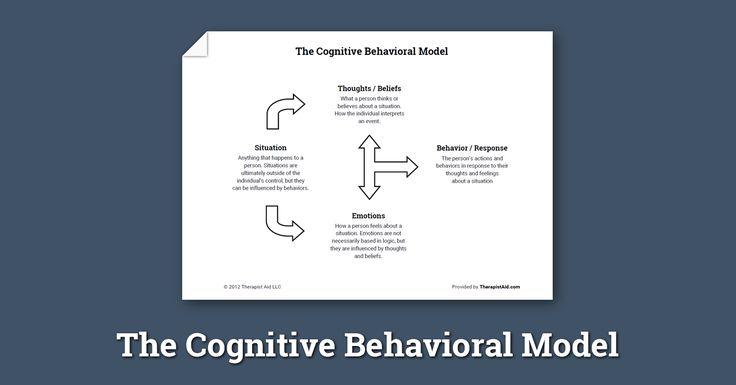 The more modules taken, the more effective therapy becomes. Consistency across an extended period of time is how people can be successful when submitting to this type of therapy. The primary aspect of cognitive behavioral therapy, which determines ultimate success, is that you have to want the help and you must be truly willing to make whole self changes. To find out more about cognitive behavioral therapy, and whether it is the ideal type of therapy for you, call Aquila Recovery Clinic at 202.618.9125 or schedule a consultation online today.
The more modules taken, the more effective therapy becomes. Consistency across an extended period of time is how people can be successful when submitting to this type of therapy. The primary aspect of cognitive behavioral therapy, which determines ultimate success, is that you have to want the help and you must be truly willing to make whole self changes. To find out more about cognitive behavioral therapy, and whether it is the ideal type of therapy for you, call Aquila Recovery Clinic at 202.618.9125 or schedule a consultation online today.
Psychologist Asya Rakhovich Views 675 Published Updated 9000
Content
- The main goals and objectives of cognitive and behavioral therapy
- Fundamental funds Approach Principles
- Cognitive Behavioral Therapy Methods
- Popular CBT Techniques
- Steps
- How CBT Works
- Pros and cons of CBT
- Who is the exercise for
- Contraindications
- Comparison with other psychological approaches
- Literature
Many people want to find happiness.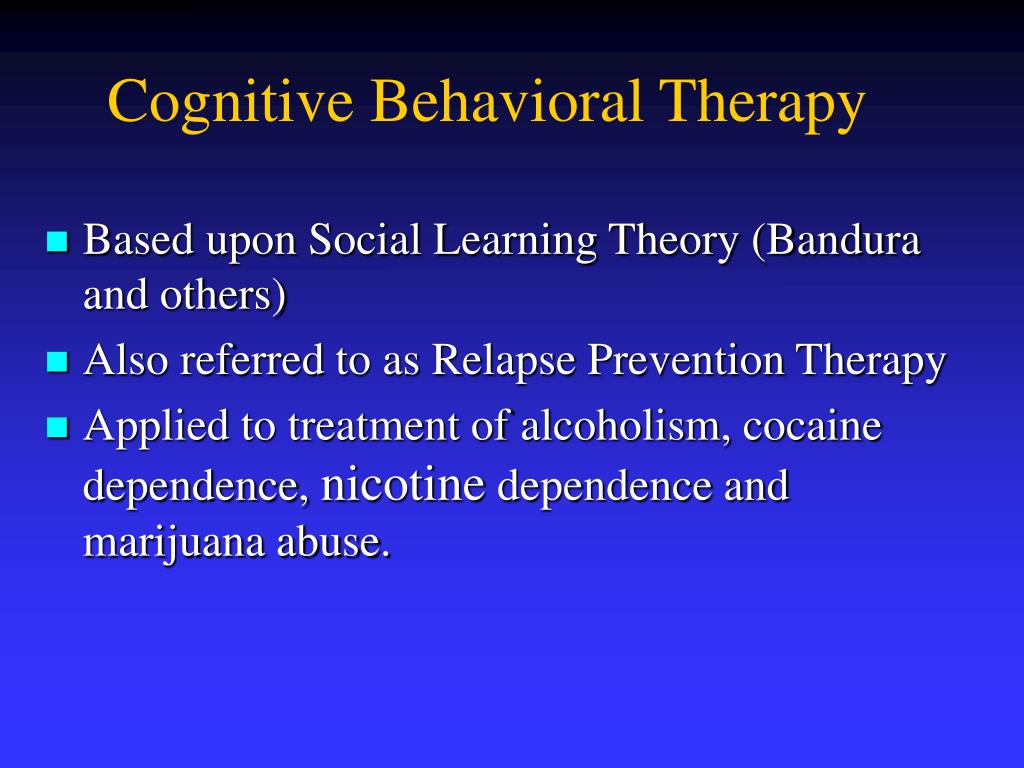 Cognitive Behavioral Therapy is one of the most effective ways to find the key to happiness. At the same time, a person does not have to radically reshape himself, suppress certain traits of character in himself.
Cognitive Behavioral Therapy is one of the most effective ways to find the key to happiness. At the same time, a person does not have to radically reshape himself, suppress certain traits of character in himself.
Main goals and objectives of cognitive behavioral therapy
The theoretical basis of the cognitive approach was developed by Aaron Beck and Albert Ellis. Cognitive behavioral therapy (CBT) is based on the ideas of behaviorism. It has elements of cognitive psychology and behavioral psychotherapy. Cognitive therapy is based on methods that allow people to increase their own effectiveness in various areas of life. Behavioral cognitive approach helps to change the way you deal with stressful situations, failures and conflicts.
The main goal of CBT is to change the client's cognitions regarding his personality and interaction with others.
The tasks of cognitive-behavioral therapy include:
- decrease in the level of situational and personal anxiety;
- improving the client's self-esteem;
- elimination of causes of panic attacks;
- struggle against bad habits;
- promotion of a healthy lifestyle;
- the formation of a confident style of behavior;
- treatment of phobias;
- treatment of addictive behavior;
- relief of depression;
- formation of an effective behavioral model;
- resolution of psychological problems and complexes;
- work on the development of the client's communication skills.
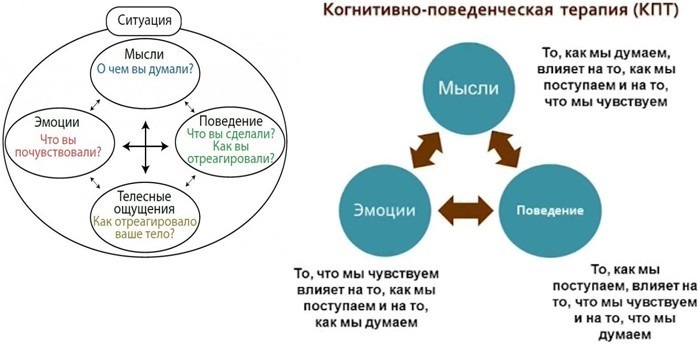
Fundamental principles of the approach
Scheme of the formation of emotions and thoughts that determine his reactions to certain life events has nothing to do with his past experience.Methods of cognitive-behavioral therapy
The main methods of behavioral therapy are:
- falling arrow method;
- method of authoritative opinion and statistical facts;
- methods for developing self-control;
- method of changing the structure of the client's thinking;
- ABC method;
- Socratic conversation;
- evaluation of pros and cons in a particular situation;
- diary method;
- homework.
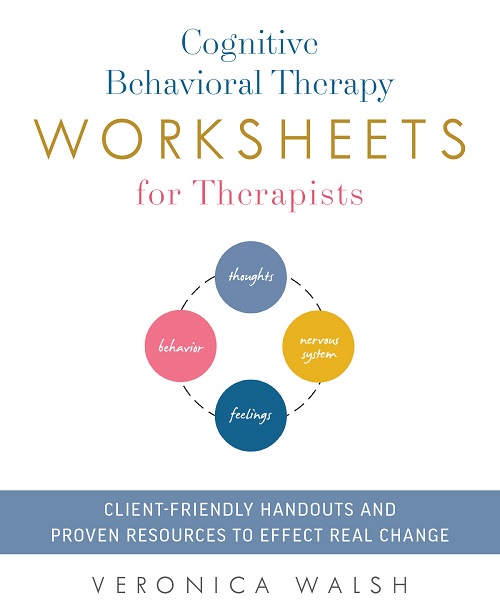
Popular CBT techniques
Cognitive psychotherapists, being followers of the behavioral direction in psychology, use techniques such as:
- The technique of psychotherapeutic questions. With the help of leading questions, the specialist helps the client to discover contradictions in his life principles.
- Technique of metaphors and parables. Sometimes it is easier for people to understand their own mistakes if the psychologist draws analogies, uses instructive stories, metaphorical comparisons.
- Back to the past technique. The essence of the technique is that during the session an exciting situation is discussed with a fictitious interlocutor who “saw” what happened from the outside. Technique helps to discover your mistakes, find ways by which you can correct the situation.
- Beck technique. During psychological work, the specialist asks a series of simple questions, analyzes the answers and helps the client to identify the causes of psychological discomfort.
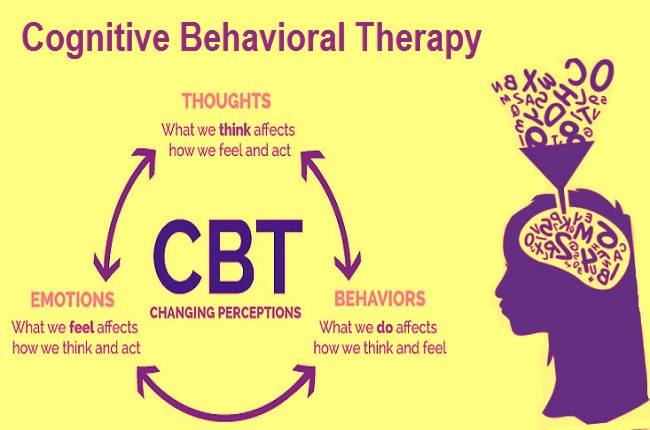 The technique is effective in working with anxious and depressed individuals.
The technique is effective in working with anxious and depressed individuals. - Ellis' Rational-Emotional Technique. It is aimed at correcting ineffective thoughts and behavior of the client. RET relieves the client of guilt for his failures.
- A technique for transforming negative experiences into positive emotions. The goal is to teach you how to use relaxation techniques when a wave of anger comes up. This technique harmonizes the psychic sphere.
- Stop technique. Often depression is formed as a result of the fact that a person is drowning in negative thoughts. The psychologist teaches you to track the stuck in the negative and tell yourself: “Stop! Enough!" This technique helps people learn to switch their attention from panic to something more valuable and important.
- Relaxation technique. It aims to create a favorable psychological atmosphere during the consultation process.
- Goal setting technique. The psychologist teaches you to set achievable goals and gradually achieve them.
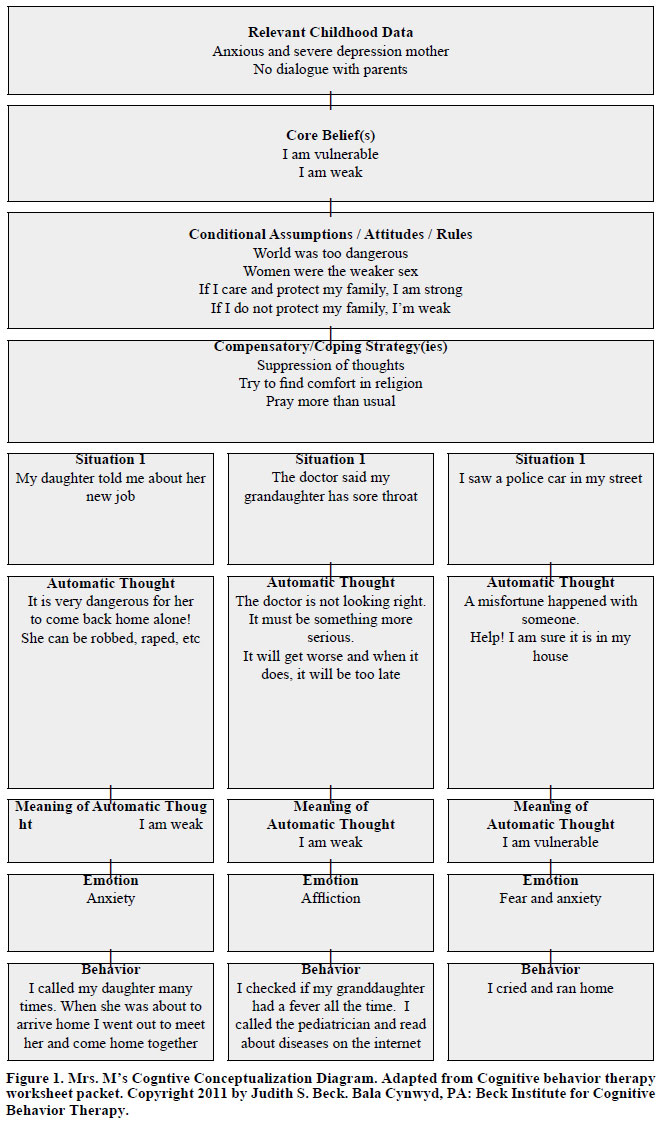 Also, the psychologist teaches to choose the right methods to achieve the goal, to present the expected result and to predict the consequences of certain actions.
Also, the psychologist teaches to choose the right methods to achieve the goal, to present the expected result and to predict the consequences of certain actions. - Technique of paradoxical intention. The essence of e1 is to expand the range of the client's social response. If a person does not like the outcome of a situation, you need to recreate it anew, but choose a completely different tactic of behavior in order to close the gestalt. For example, if insomnia is tormenting and all possible methods have been tried, but there is still no sleep, it is worth giving up trying to force the body to fall asleep. It is better to find an interesting activity that will help pass the night.
Yes
100%
I don’t know
0%
Voted: 3,
Stages
Behavioral psychotherapy consists of such stages as:
- The establishment of contact with the client through psychological education and creating the atmosphere of confidence.
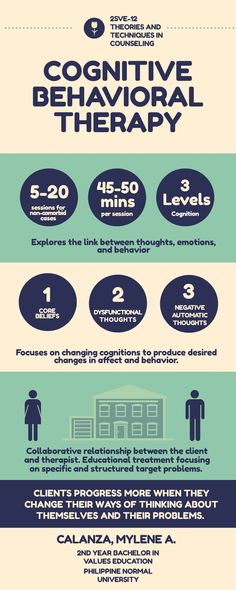
- Deep analysis of the client's habitual life beliefs. Isolation of inefficient installations.
- Checking for questionable attitudes and false beliefs.
- Development of alternative behavior and response strategies. Putting them into practice.
Asya Rakhovich
Psychologist with more than 8 years of experience. Consultant on interpersonal and marital relations, self-discovery.
Ask a question
How CBT sessions work
CBT sessions are short or long term. The duration of the course is discussed with the client at the first meeting. A session usually lasts 60 minutes.
At the first meeting, the client tells the essence of the problem with which he decided to turn to a psychologist. The therapist asks him clarifying questions in order to rank the problems in order of importance. The task of the psychologist is to understand what beliefs shape the client's worldview.
Examples of questions that the psychologist asks the client during the sessionAfter the first meeting, the psychologist gives the client homework:
- Write down the thoughts that come to mind during the day (this is the key to understanding the dominant motives of the activity).
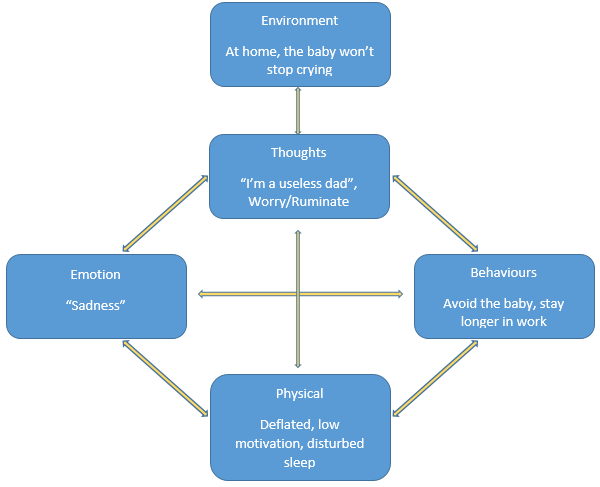
- Keep a diary (this is necessary to identify those issues that concern you the most).
At the second meeting, the psychologist, together with the client, analyzes the notes made by the client at home. All thoughts that appear in the client's head are divided into rational and irrational. Then work begins with irrational thoughts, you need to find their root period. The psychologist helps the client to understand by whom and when this idea was imposed. In the process of work, the client realizes that he himself does not share this idea, he holds a different opinion.
Further, the psychologist helps to get rid of other stereotyped thoughts that prevent the client from doing what he really likes. For each stereotypical belief, the client comes up with arguments that support it and arguments that challenge it. These arguments will need to be re-read every day. In a few days, only those arguments that are true for a given belief will be strengthened in the mind.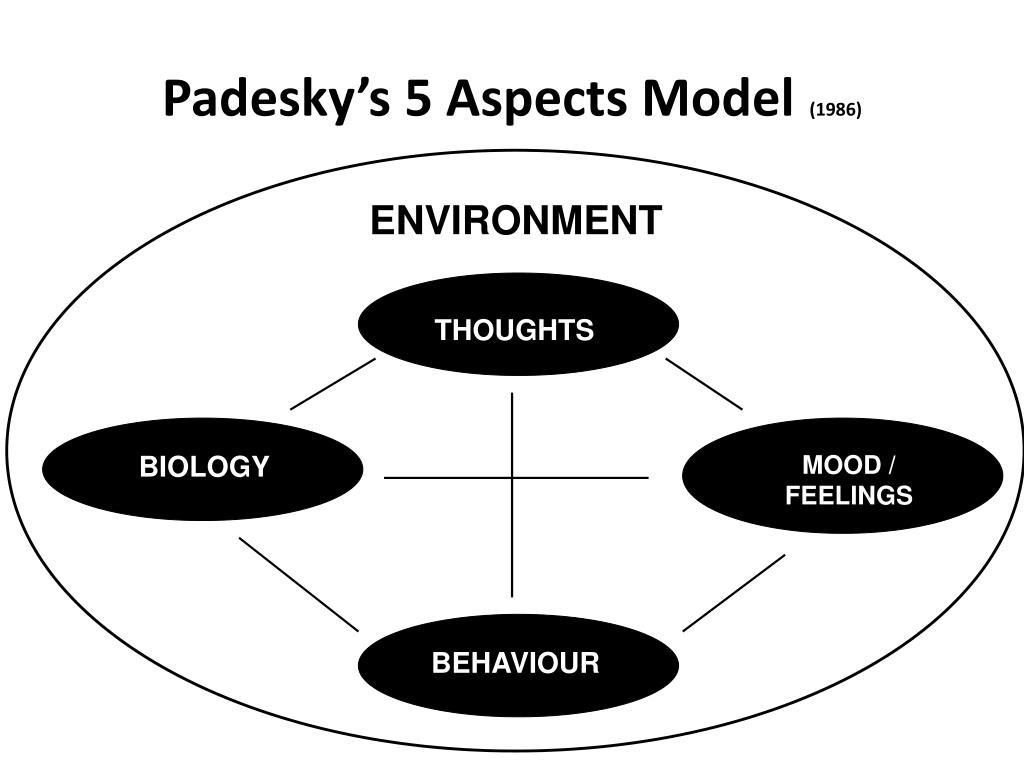 The person's attitude to this belief will change.
The person's attitude to this belief will change.
During the intersessional period, the client continues to record his thoughts in a notebook, independently classifying them into rational and irrational.
If necessary, the psychologist helps the client to learn to make their own choices. To do this, the client weighs all the pros and cons of possible options for action and chooses the one that is associated with greater benefits and fewer risks.
The fight against emotional blocks during consultations is carried out with the help of elements of psychodrama. The technique helps to understand how others will react to one or another model of behavior.
In order to fix intermediate positive shifts, the psychologist teaches the client the methods of self-programming. Their essence is that before a business meeting or an unpleasant conversation with superiors, a person says positive phrases to himself, encourages himself, and makes arguments in favor of the fact that the interaction will be positive. As a result, his thinking becomes productive.
Pros and cons of CBT
Cognitivism as a direction of psycho-corrective work has its advantages and disadvantages:
This is a short-term type of therapy
The scope of work is determined at the first meeting
The therapist speaks with the client in simple language
The result is stable
transformation of all spheres of life
Low probability of recurrence of depressive attacks and panic attacks
The client masters self-psychotherapy techniques
The methodology is based not only on neurocognitive concepts, but also on disciplines related to psychology
If a trusting relationship has not been formed between the client and the psychologist, the effect of CBT sessions will be weak
The psychologist cannot force a person to live in a new way until the client himself does not want to do this
Often clients do not do homework, or do it on a formal basis, which reduces the effectiveness of treatment
Who is suitable for exercises
- anxious clients;
- people prone to antisocial behavior;
- people who want to get rid of phobias;
- people with varying degrees of depression;
- clients with various types of addictive behavior;
- clients with eating disorders;
- clients with insomnia;
- people with chronic diseases in the acute stage;
- people suffering from psychosomatic disorders.

Doctors say that cognitive-behavioral therapy methods are an important addition for the rehabilitation of patients with hypertension, asthma, acute psychosis, and digestive tract disorders.
Contraindications
- suffers from schizophrenia;
- suffers from an acute mental disorder;
- is registered in a psychiatric clinic.
Comparison with other psychological approaches
| Negative emotions are processed and transformed | Muscle clamps are eliminated |
Clients who have worked with psychologists specifically in the CBT approach leave positive feedback and recommend CBT therapists to their acquaintances as leading specialists in improving the quality of life.
Literature
- Vladimir Romek "Behavioral Psychotherapy".
 This is a textbook on psychotherapy, which is based on the principles of behaviorism. The advantage of the textbook is that the provisions of the theory are presented in a simple and accessible language, and practical tasks are adapted to the Russian mentality.
This is a textbook on psychotherapy, which is based on the principles of behaviorism. The advantage of the textbook is that the provisions of the theory are presented in a simple and accessible language, and practical tasks are adapted to the Russian mentality. - Vladimir Rome "Psychological assistance in crisis situations." The textbook describes new approaches to short-term psychotherapy, describes in detail the behavioral methods of psychological assistance. The manual is a reference book for a novice cognitive psychotherapist.
- Judith Beck Cognitive Behavioral Therapy. The textbook has 2 sections. First, the author introduces the reader to the theoretical provisions, and then gives the scheme for conducting psychological consultations using the methods and techniques of this area of psychology.
- Richard Bandler Use your brain to change. The book is a desktop manual for those who want not just to exist, performing tasks imposed by someone, but to really enjoy life.
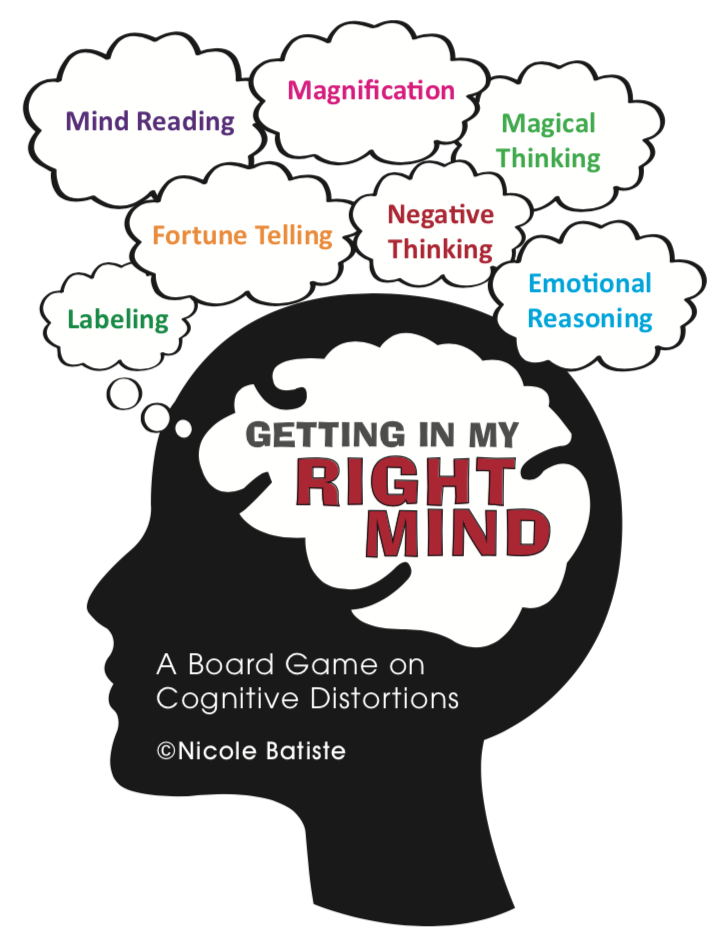
- Richard Bandler From Frogs to Princes. This book describes a variation of Behavioral Therapy based on Neuro-Linguistic Programming.
- Christian Schreiner "30 ways to improve your well-being". This is a textbook that contains practical recommendations for the formation of stress resistance and effective behavior in difficult situations.
- Duns Scott Rational Theology. D. Scott is a psychologist who drew parallels between the effectiveness of people's thoughts and their faith in God. Religious truths will help transform thinking and change the reader's self-perception.
Thus, CBT helps a person to find the source of anxiety, learn to perceive surprises calmly, independently form rational life beliefs and control their thoughts.
Read more:
- About the author
- Recent publications
Psychologist Asya Rakhovich
Psychologist with more than 8 years of experience. Consultant on interpersonal and marital relations, harmonization of parent-child relationships and self-discovery.
Consultant on interpersonal and marital relations, harmonization of parent-child relationships and self-discovery.
I can help you improve your relationship with your spouse, children, parents or find yourself and increase your self-esteem.
Consultations by phone: +7 (964) 291-32-38 (call or write whatsapp, telegram)
Psychologist Asya Rakhovich recently published (see all)
Acceptance and Responsibility Cognitive Behavioral Therapy (ACT): Third Wave Therapy
FIND A PSYCHOLOGIST
Cognitive Behavioral Therapy (CBT) is a direction that helps the client to get rid of irrational attitudes and develop more successful behavior patterns. Over time, CBT has evolved into a separate movement called Third Wave Cognitive Behavioral Therapy.
alter
DESTINATION GUIDE
Contents
1. First, second and third wave - what is the difference
2. Third Wave CBT Basic Principles
3. Acceptance and responsibility therapy: “truth is what works”
4.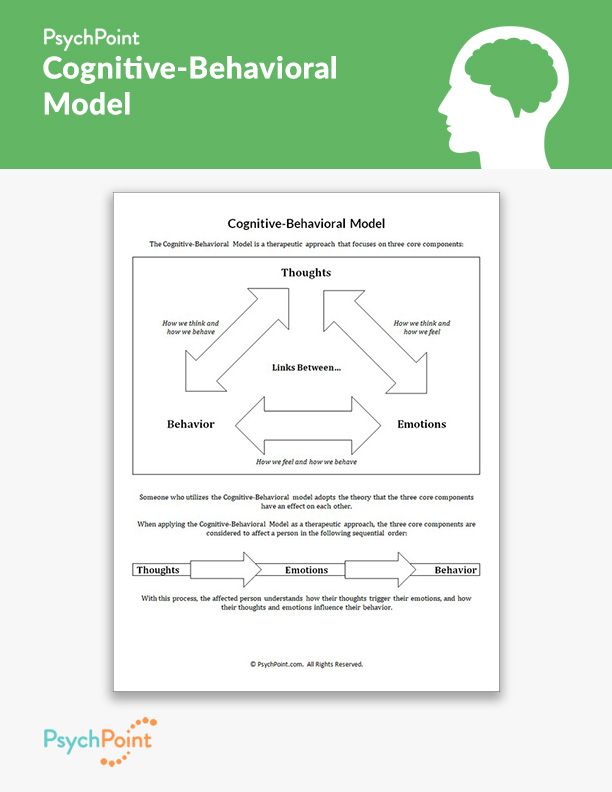 Dialectical Behavior Therapy: "a life worth living"
Dialectical Behavior Therapy: "a life worth living"
5. Mindfulness-based cognitive therapy
6. Schema Therapy
7. Case study
8. What to read?
The first, second and third wave - what is the difference
The first wave was directly behaviorism - a branch of psychology that dealt with human behavior. The second wave is CBT, which combined behavioral theory and cognitivism. In the third wave, CBT-based approaches began to emerge that focused more on awareness and acceptance. Third wave CBT includes techniques borrowed from other areas of psychotherapy, as well as some practices of Eastern philosophy, such as meditation.
Where classical CBT focuses more on problems and negative patterns that need to be changed, Third Wave CBT helps the client to accept himself and his characteristics. This does not mean that there are no changes in therapy.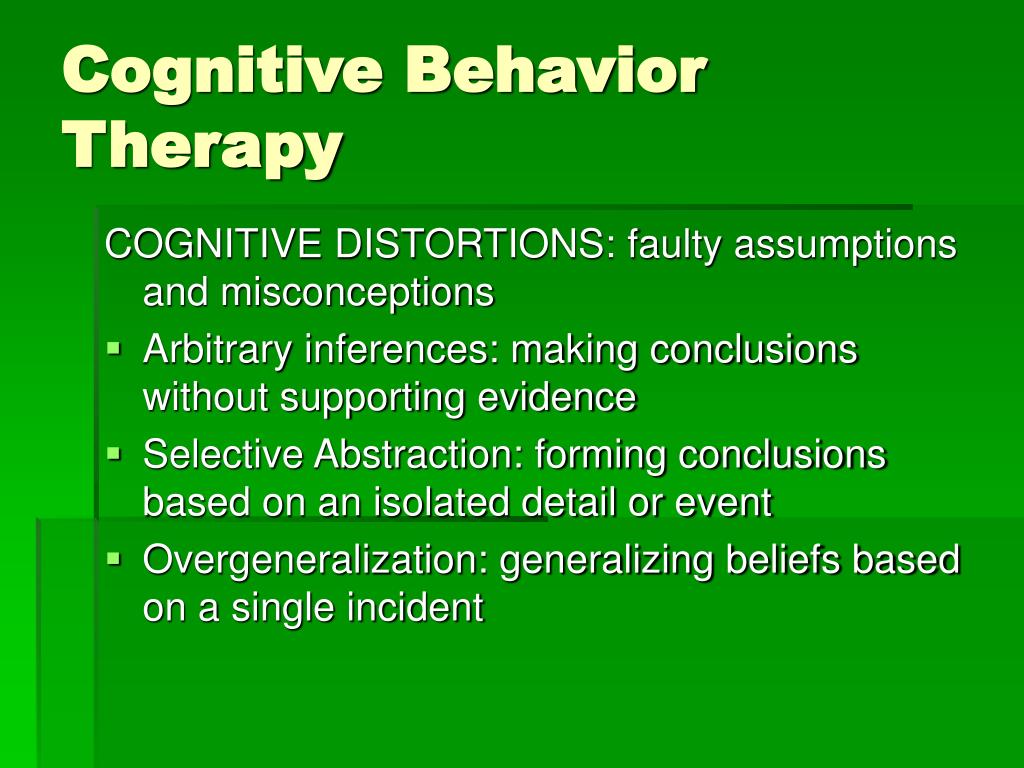 The therapist helps the client to better understand himself and "work with what is."
The therapist helps the client to better understand himself and "work with what is."
Fundamentals of Third Wave CBT
Unlike traditional CBT, Third Wave CBT looks beyond the client's behavior and what happens to them. It focuses on the context and the person's inner attitude to what is happening. Principles and tools that third wave CBT relies on:
Mindfulness
Mindfulness in third wave CBT is understood as focusing on the here and now moment. In a state of awareness, we notice everything that happens to us. We do not evaluate or try to control our own feelings and reactions. You can learn how to enter this state with the help of meditation practices.
Acceptance
The ability to accept things that you cannot control is what Third Wave CBT teaches. Negative thoughts, feelings and experiences are normal and should not be avoided or forced out of consciousness.
Personal values
What is important to you personally in life? On the basis of what would you like to build your behavior and make choices? What do you value in other people? All of these are personal values.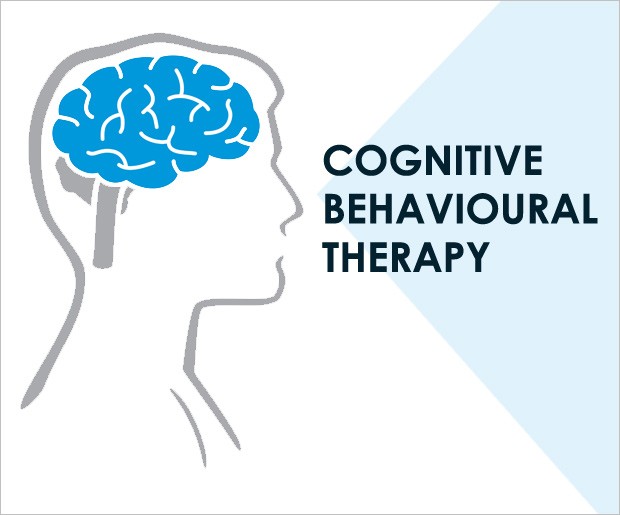 Knowing, understanding and accepting them is very important. A person who does not rely on them runs the risk of living an "empty" life - even if from the outside it seems good and full.
Knowing, understanding and accepting them is very important. A person who does not rely on them runs the risk of living an "empty" life - even if from the outside it seems good and full.
Psychological flexibility
Psychological flexibility is a kind of combination of all the other concepts of third wave CBT. It is the ability to live in the present moment, accept all your feelings and choose a life filled with personal values. A psychologically flexible person knows how to abandon irrational attitudes from the past in his favor.
There are several approaches to third wave CBT, and not all of them meet each of these principles. But the general idea - acceptance, values and awareness - is the same for everyone.
Acceptance and commitment therapy: “truth is what works”
Acceptance and commitment therapy (ACT) is an approach built on the principles of awareness and acceptance. It was developed by Stephen Hayes in 1982.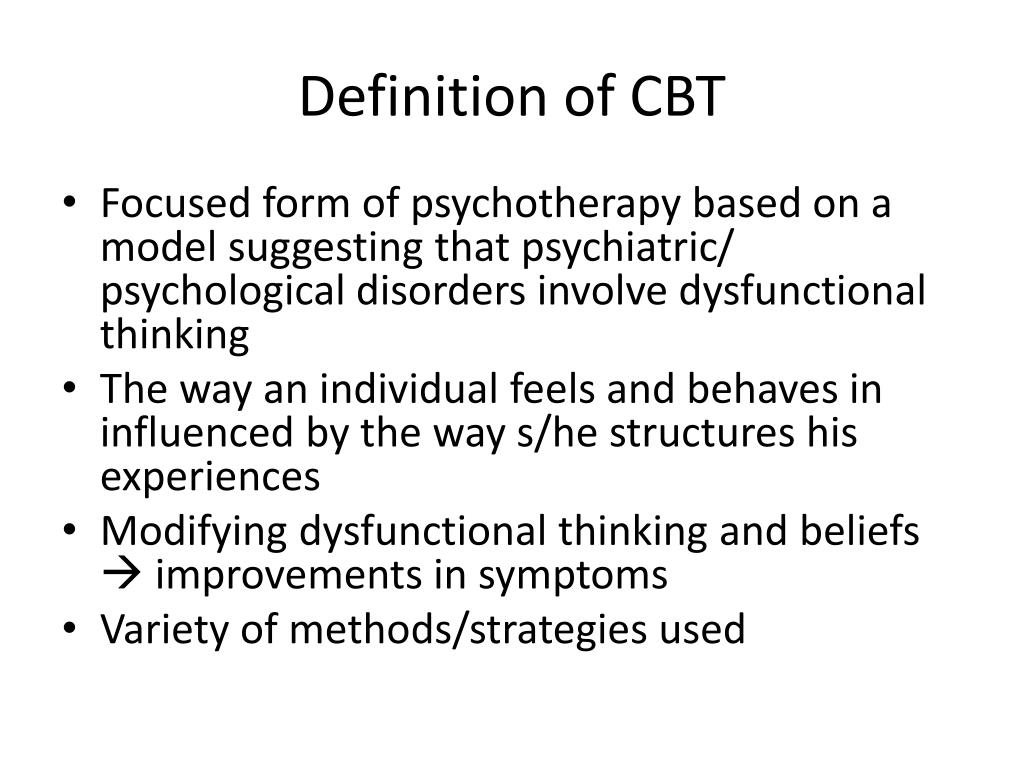 Mindfulness helps us live in the moment without getting stuck in the past or worrying about the future. The practice of acceptance aims to stop avoiding negative scenarios and feelings.
Mindfulness helps us live in the moment without getting stuck in the past or worrying about the future. The practice of acceptance aims to stop avoiding negative scenarios and feelings.
Behavior must serve a purpose. For example, a man wants to meet a girl, but does not do it. What dictated his behavior? He is afraid to face rejection, embarrassment. This is an avoidance strategy. ACT focuses on motivation. Here, mindfulness skills are used to help the client track the purpose of their behavior and understand how it matches their values. The next step is to understand that the fear of rejection and emotional discomfort cannot harm the client. These sensations exist, but the client can act independently of them.
Anton Rusakov, psychologist, works in third wave CBT:
ACT uses 6 basic techniques to work with a client:
Defusion
Suffering, loss, anger, sadness are natural parts of life. From the point of view of ACT, it is not these experiences that harm, but the cognitive "hitch" with them, identification.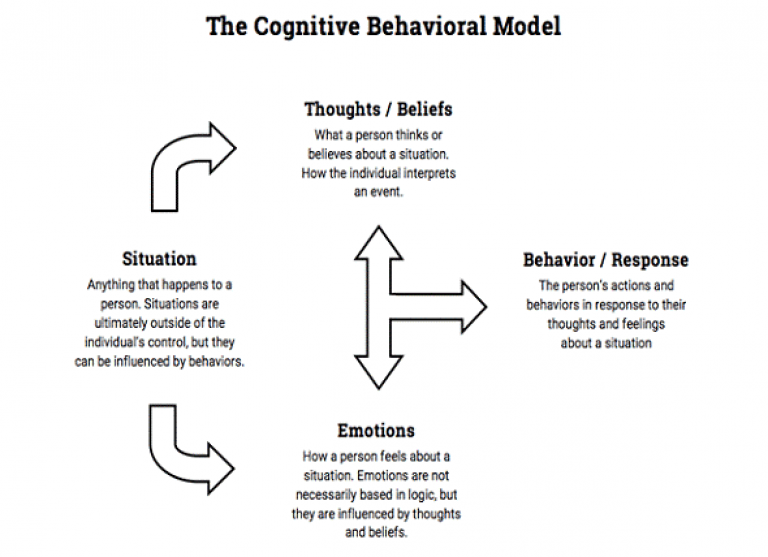 ACT helps the client understand that he is not his thoughts.
ACT helps the client understand that he is not his thoughts.
Self-context
This technique teaches the position of the observer. It is similar to "Disconnection" and, in fact, follows from it. In the position of an observer, a person understands that there are no such thoughts that could harm him.
Acceptance
The technique of acceptance aims to stop controlling everything that happens around and inside. Every event and experience has its place and time. We already know that we can "disconnect" with them - and then they will not be able to harm us. So, there is no need to avoid anything.
Present moment engagement
Being “here and now” means having an interest and openness to life. It is the absence of anxiety about the past and the future. The ability to become involved in what is happening in the present moment is a key skill not only for ACT, but also for other areas of Third Wave CBT.
Values
In ACT sessions, the client defines his values and decides to live according to them.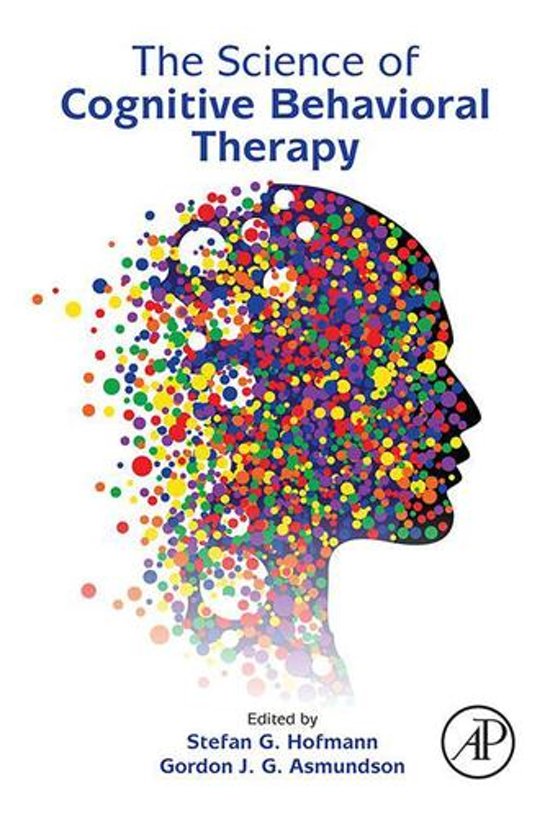 When making a life choice, a person should ask himself: “How does this relate to my values?”.
When making a life choice, a person should ask himself: “How does this relate to my values?”.
The difference between CBT and ACT is that CBT looks at the content of the mind. For example, a person wakes up in the morning and thinks: "I will die a homeless person." The cognitive therapist will ask me to present arguments for and against this idea. And the ACT therapist will ask, “Does this thought help you? Does it guide you to your values? We don't care if the thought is right or wrong. What matters is how it works. ACT's unspoken principle: "Truth is what works."
Anton Rusakov, psychologist, works in CBT of the third wave:
Committed Actions
It is not enough just to define values - in accordance with them, you need to set life goals and move towards them consistently. At the same time, negative thoughts and events do not interfere with a person and do not change his course. This is the final goal of ACT.
ACT teaches the client that discomfort is an integral part of life.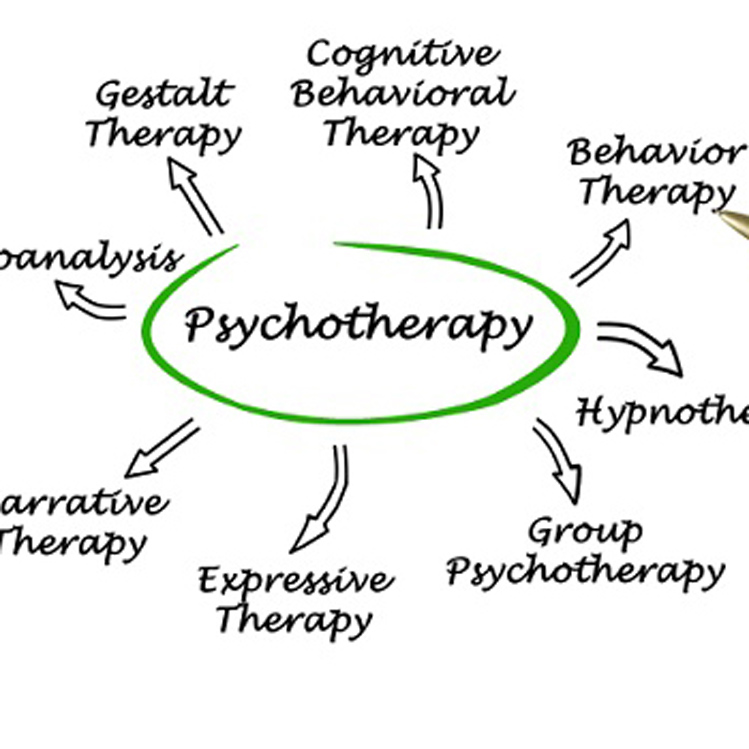 It is impossible to avoid it all the time. But you can decide on your values and move towards your goals, regardless of it.
It is impossible to avoid it all the time. But you can decide on your values and move towards your goals, regardless of it.
ACT sessions use many metaphors and thought experiments to achieve their effect. The effectiveness of ACT has been scientifically proven. It is especially recommended when working with anxiety disorders, depressive conditions and to support people who are faced with loss or an incurable illness.
ACT Metaphor: Imagine you want to swim in a pool. But there is a soccer ball floating there, which annoys you a lot. You enter the pool, forcefully push the ball under the water and hold it there. It turns out that the ball is under water, you can't see it. But now you can't swim - all your strength goes into holding the ball. So, maybe it's better to let him go, accept that he's swimming in the pool, and try to enjoy his vacation despite this?
Anton Rusakov, a psychologist working in Third Wave CBT:
Dialectical Behavioral Therapy: A Life Worth Living
Dialectical Behavioral Therapy (DBT) is designed to treat complex personality disorders, in particular borderline personality disorder (BPD).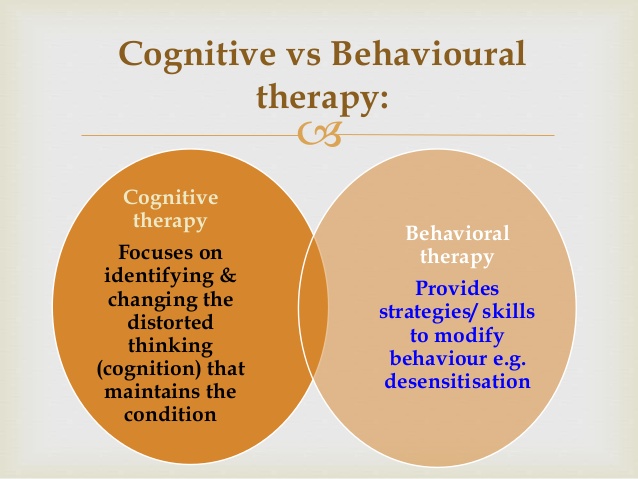 The founder of the approach, Marsha Linehan, herself suffered from BPD. She could not be diagnosed for a long time, not to mention the correct therapy. Marsha hurt herself, could not establish a social life, spent most of her time in the hospital and did not understand what was happening to her. "Life in hell," as Marsha herself comments, continued until one day she had an epiphany. She felt that she could accept herself for who she was. This sense of acceptance helped her cope with emotional instability. Marsha Linehan began to study psychology and psychotherapy. She immediately decided that she would work with severe cases and suicidal people. Marsha's method was based on the idea of total acceptance. She used cognitive behavioral therapy techniques, as well as elements of Zen Buddhism, breathing techniques and meditation. Subsequently, this approach became known as DBT - Dialectical Behavior Therapy.
The founder of the approach, Marsha Linehan, herself suffered from BPD. She could not be diagnosed for a long time, not to mention the correct therapy. Marsha hurt herself, could not establish a social life, spent most of her time in the hospital and did not understand what was happening to her. "Life in hell," as Marsha herself comments, continued until one day she had an epiphany. She felt that she could accept herself for who she was. This sense of acceptance helped her cope with emotional instability. Marsha Linehan began to study psychology and psychotherapy. She immediately decided that she would work with severe cases and suicidal people. Marsha's method was based on the idea of total acceptance. She used cognitive behavioral therapy techniques, as well as elements of Zen Buddhism, breathing techniques and meditation. Subsequently, this approach became known as DBT - Dialectical Behavior Therapy.
DBT has a specific, rigorous work format:
Group therapy 2-3 hours every week
In a group with the help of a therapist, the client trains the skills of coping with emotions.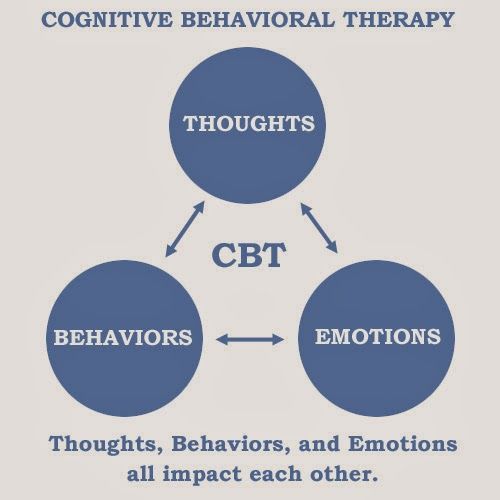 This is a key part of therapy, because it is the sphere of emotions and emotional responses that most often suffers from a personality disorder.
This is a key part of therapy, because it is the sphere of emotions and emotional responses that most often suffers from a personality disorder.
Individual therapy 1 hour per week
Personal work with a therapist helps the client to integrate the acquired skills into his life, work with thoughts and behavior.
Telephone consultation between sessions
If a client encounters a difficult situation in everyday life, he can (by prior arrangement) call the therapist and receive the necessary support. The therapist will remind him of the strategies that the client has acquired in group and individual therapy, and negotiate with the client how he will apply them in the current situation.
Also DBT therapists get together for group intervision and discuss their practice. Since they have to work with difficult, often suicidal clients, this stage is very important in order to avoid professional burnout.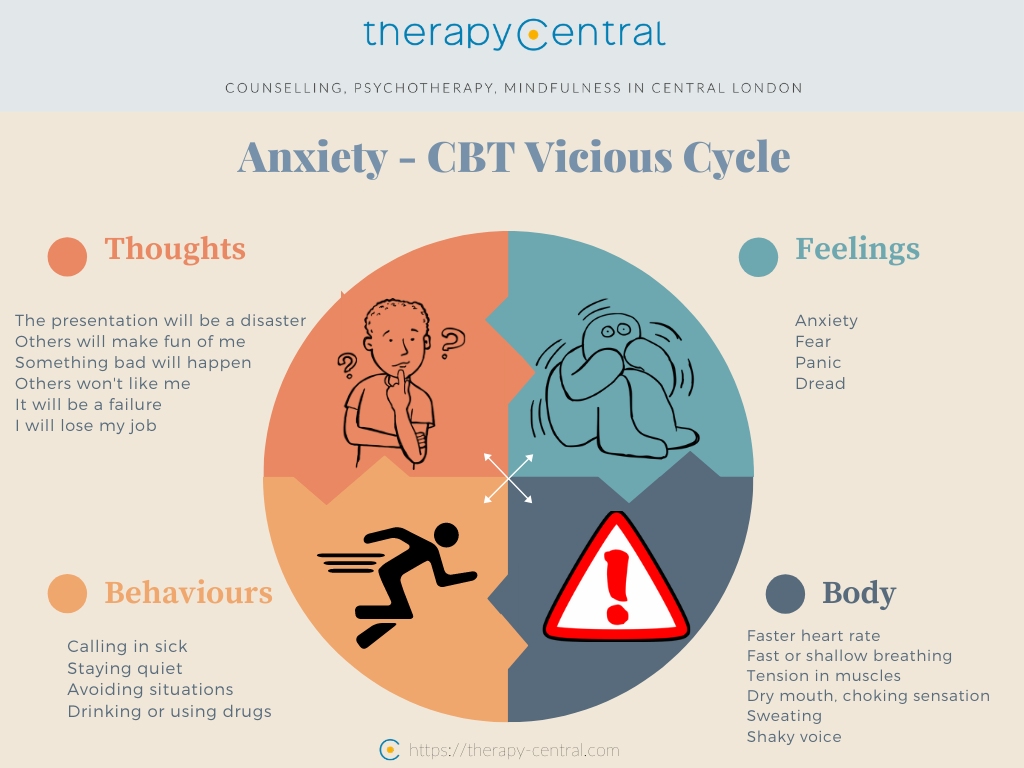
As a rule, working with a client consists of 4 stages. Stage 1 begins after the preparatory work. Since such therapy is a long laborious process, as a preparation, the therapist works with the client's motivation.
Behavior control
The task of this stage is to stop destroying your life. In therapy, the client forms strategies that help him survive emotional distress.
For example, a client takes alcohol every time he feels sad. We think about how we could have acted differently in this situation. Can a client call a relative every time they feel sad? What is the advantage of this behavior over drinking alcohol? We agree that the next time the client experiences this emotion, he will engage in non-destructive behavior. Or he will call me and I will help him cope and remember the skills of self-regulation.
Anton Rusakov, psychologist, works in third wave CBT:
Effective emotion regulation
This stage follows naturally from the first.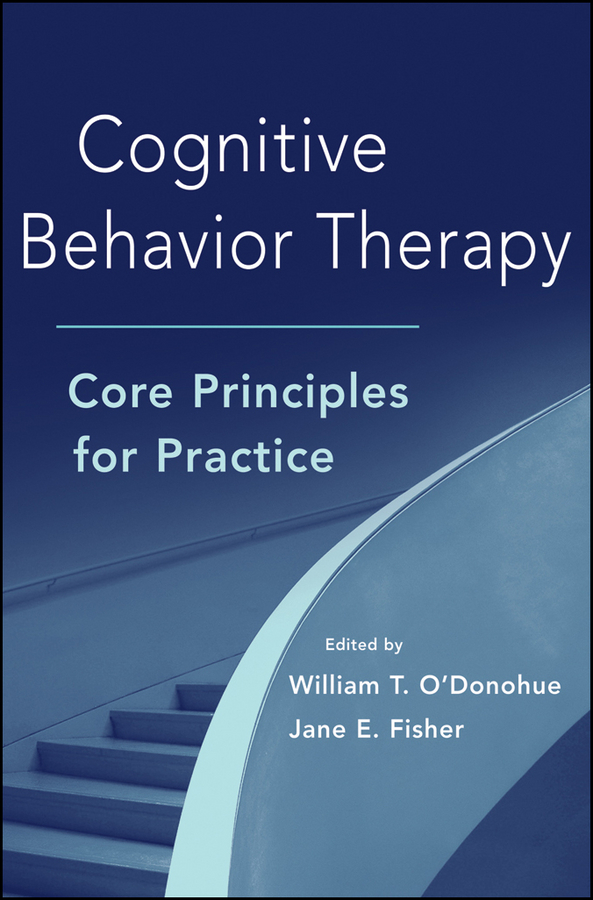 Those emotional regulation skills that all people normally have (listen to music, get distracted, talk with a friend, play sports) in people with a personality disorder may not be formed. In therapy, they are formed and worked out.
Those emotional regulation skills that all people normally have (listen to music, get distracted, talk with a friend, play sports) in people with a personality disorder may not be formed. In therapy, they are formed and worked out.
Finding “ordinary happiness and unhappiness”
At this stage, the therapist helps the client to build a normal life. The client learns to solve problems with work, school and relationships. He gets used to the fact that in life there are always both positive and negative things - and you can interact with them.
Finding a sense of joy, depth and freedom
This is the last stage of DBT, which is dedicated to building a happy and prosperous life. It is possible only after the client learns to solve everyday problems and effectively respond to different life situations.
The last two stages of DBT are similar in purpose and principles to ACT. The therapy lasts a long time - on average, it takes at least a year to achieve the effect.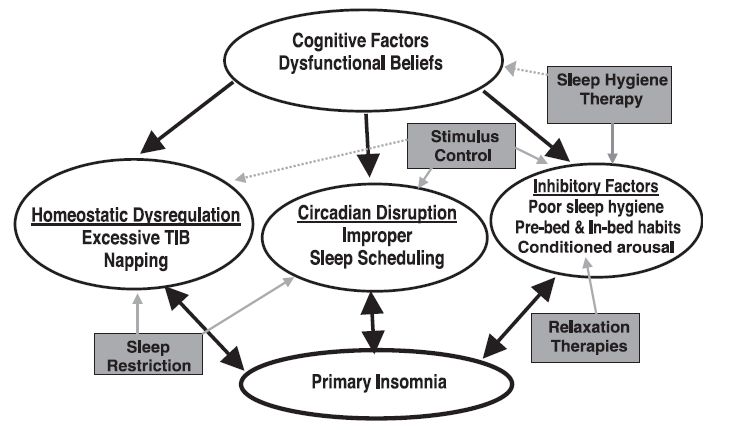 There are cases when the last stages of DBT last a lifetime - the client periodically visits a therapist, maintains the result and continues to improve his life.
There are cases when the last stages of DBT last a lifetime - the client periodically visits a therapist, maintains the result and continues to improve his life.
Mindfulness-based Cognitive Therapy
Mindfulness-based Cognitive Therapy (MBCT) is an approach that grew out of the Mindfulness-based Stress Reduction (MBSR) program. This is a short term approach averaging 8 weeks. Work takes place in groups of up to 12 people. The creators of the approach are Zindel Segal, Mark Williams and John Tisdale.
MBCT aims to get rid of automatic thoughts and reactions. This is facilitated by the practice of meditation, which increases awareness. Impartial observation of the flow of one’s own thoughts, separation from them, studying the sensations in one’s own body reduces the level of anxiety and allows one not to “fall” into the usual negative scenario.
During therapy, the client learns 4 important skills:
Get out of the “thinking pattern”
Recognize situations and conditions that lead to the launch of a negative “thinking pattern”
Treat these situations more consciously and deal with them differently
Do not avoid the difficulties and negative aspects of life.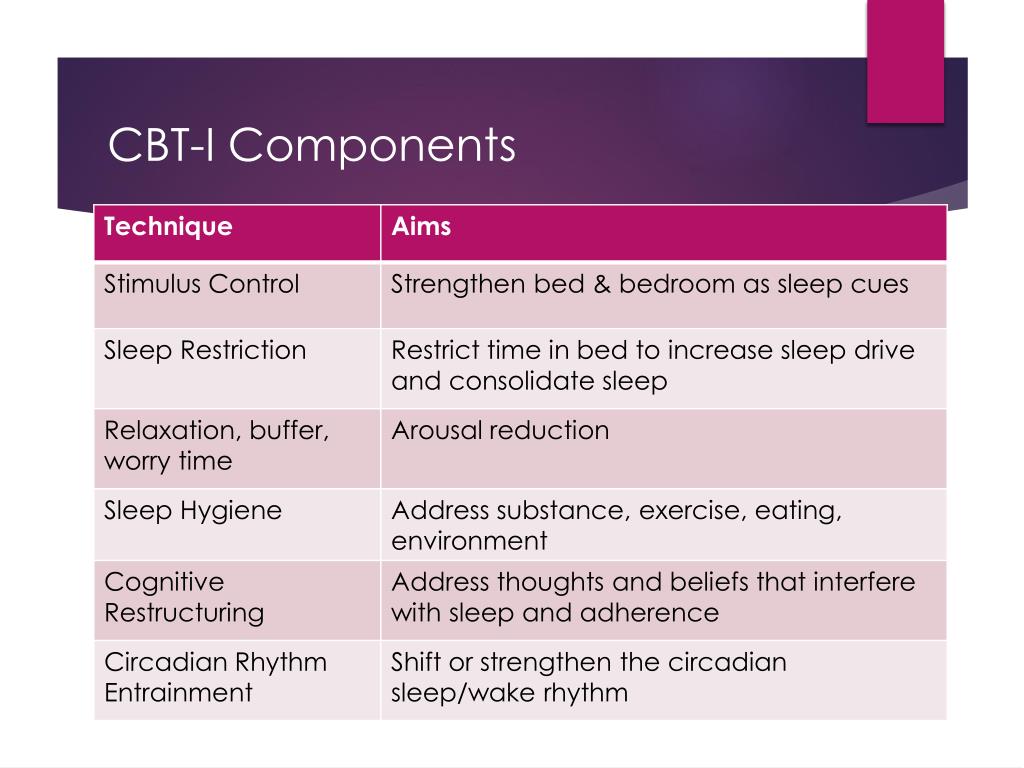
Initially targeted at depression, the approach has proven effective in anxiety disorders, chronic fatigue syndrome, and eating disorders.
Schema therapy
Schema is a model of behavior and a system of ideas about the world learned in childhood. Even if the scheme is maladaptive, does not correspond to reality and prevents a person from being happy, he continues to "work out" it in adulthood. Schema therapy was developed in 19Jeffrey Yang, a student of CBT founder Aaron Beck, in the 1990s. He noticed that for some clients with lingering problems, CBT may not be enough. They achieve a short-term effect and improve a specific area of life - but after a while they "roll back" to the previous level.
Young came to the conclusion that some people form early maladaptive schemas that they cannot just give up. The scheme is formed in childhood, when needs of children were insufficiently or inadequately satisfied.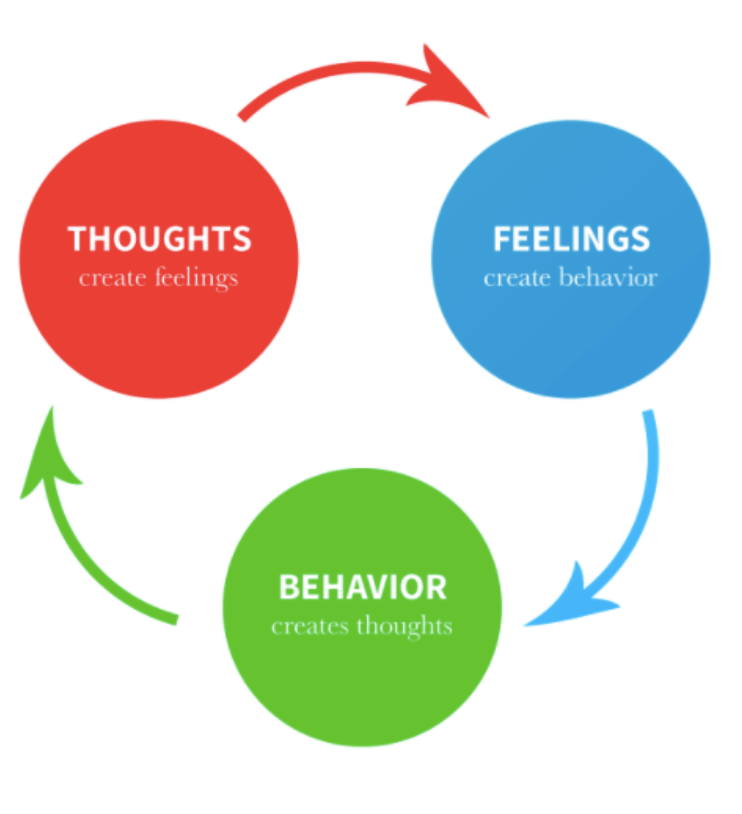 At that moment, the scheme served as a kind of protection. For example, a child feels insufficient care and support from their parents - and decides (because of their cognitive abilities) that all significant people will behave this way with them. He is ready for this in advance. As soon as someone important appears in his life, he will immediately prepare for alienation and coldness. In adulthood, such a person will unconsciously choose people who are not able to build healthy relationships. This will confirm his scheme and work on the principle of a "self-fulfilling prophecy". As long as the scheme works (even if it brings suffering), the world is stable, predictable and safe. That is why it is so difficult to abandon the scheme and standard CBT may not be enough.
At that moment, the scheme served as a kind of protection. For example, a child feels insufficient care and support from their parents - and decides (because of their cognitive abilities) that all significant people will behave this way with them. He is ready for this in advance. As soon as someone important appears in his life, he will immediately prepare for alienation and coldness. In adulthood, such a person will unconsciously choose people who are not able to build healthy relationships. This will confirm his scheme and work on the principle of a "self-fulfilling prophecy". As long as the scheme works (even if it brings suffering), the world is stable, predictable and safe. That is why it is so difficult to abandon the scheme and standard CBT may not be enough.
Young identified 18 maladaptive schemes that develop in connection with the dissatisfaction of basic needs in childhood:
The need for reliable attachment
2 The need for autonomy, competence and a sense of identity of
The need to freely express their feelings and needs of
consumption within boundaries
and self-control
The need for secure attachment
The need for autonomy, competence and a sense of identity
The need to freely express one's feelings and needs
The need for boundaries
and self-control
Abandonment
"Relationships with other people cannot be reliable: people will leave and leave me.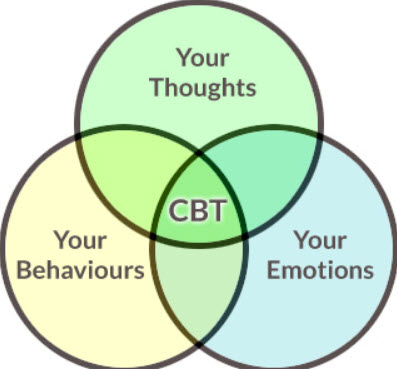 "
"
Distrust
"Relationships are not safe - people ingratiate themselves and then use me for their own purposes."
Emotional deprivation
“There is a wall between me and those around me. I can't build close relationships."
Social isolation
"I am completely different from others, no one can understand me."
Defectiveness
"Something is wrong with me."
Addiction
"I can't do anything on my own."
Vulnerability
"The world is a dangerous place and there is nothing I can do about it."
Merge
"I can't be on my own, without another person life has no meaning."
Pessimism
"The world is a very dark place where bad things happen to people."
Doomed to failure, insolvency
"I can't do it."
Submission
"I must act as others want."
Self-sacrifice
"I have no right to take care of myself, because others are more important.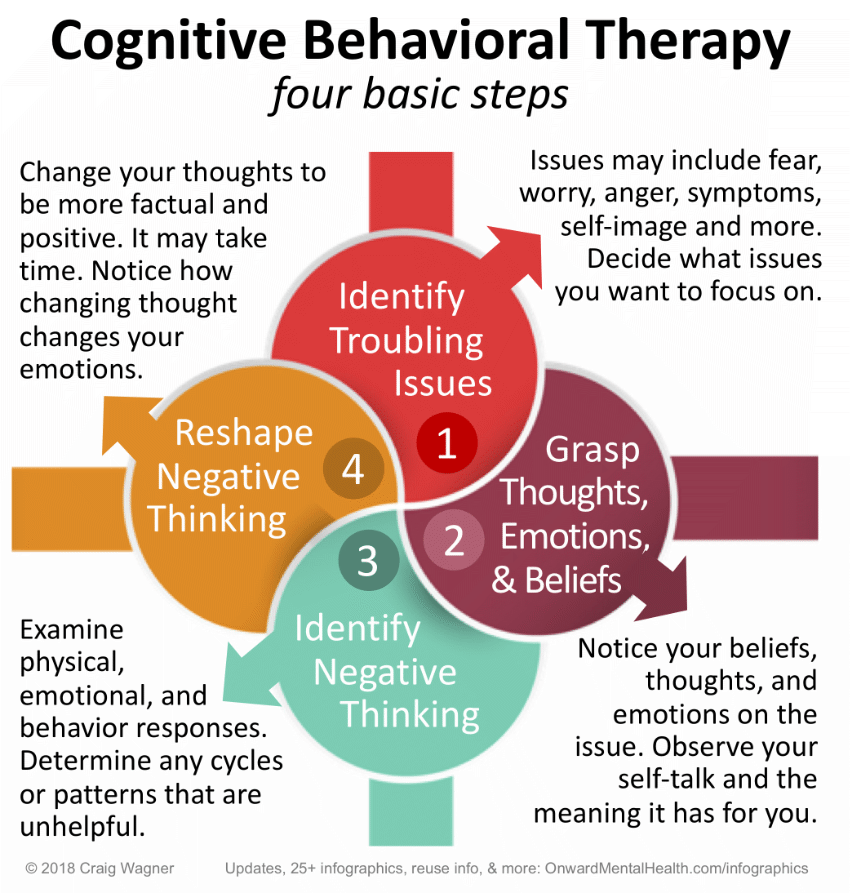 "
"
Seeking approval/recognition
“I don't know who I am. I rate myself the way you rate me."
Suppression of emotions
"Showing emotions is unacceptable."
Rigid standards
“I have to live up to the highest standards. You can always do a little better."
Punitiveness
"I must be punished for any mistake."
Grandiosity
"I am special and should always get what I want."
Lack of self-control
"I can't control my desires and actions."
The scheme causes discomfort and pain because it is based on trauma. Therefore, people try to "cope" with it in different ways. Unfortunately, the methods are most often also maladaptive. There are 3 main coping strategies in schema therapy (from English coping - to cope) :
Surrender
The person passively follows the schema. For example, the “abandoned” chooses as partners only those people who are ready to leave him.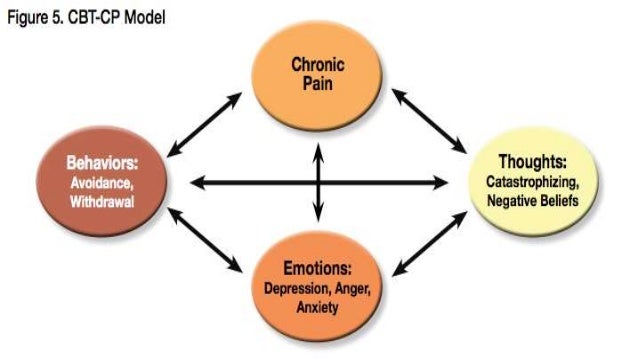
Avoidance
To avoid repeating the negative scenario, the person refuses interaction: does not build close relationships, does not tell anyone personal information, does not leave the house, etc.
Overcompensation , but does it in a deliberate or hypertrophied form. He leaves people first so that they do not leave him, he himself tries to manipulate or punish others in fear that they can do this to him.
Also in schema therapy there is the concept of mode . This is a certain set of schemes that “works” for a person at the moment. Each person has certain modes that he enters in different situations. It is very important for the therapist to understand what mode the client is in. This helps to "get through" to the part of the client that is responsible for the emergence of the schema.
The goal of schema therapy is to replace maladaptive schemas with healthier ones. To work with the thinking strategy, she uses techniques from CBT. To work through the realm of feelings and emotional memory, the schema therapist uses Gestalt therapy techniques. Also in schema therapy is often used rescripting - "rewriting" of children's experience. The therapist gives special active imagination exercises in which the client helps the injured part of himself feel comfortable and safe.
To work through the realm of feelings and emotional memory, the schema therapist uses Gestalt therapy techniques. Also in schema therapy is often used rescripting - "rewriting" of children's experience. The therapist gives special active imagination exercises in which the client helps the injured part of himself feel comfortable and safe.
One of the important tools of schema therapy is the therapeutic relationship. The therapist "acts out" the role of a healthy parent. In this case, the client develops a trusting, secure relationship with the therapist. Often this is the first such experience that shows the client that such a relationship is possible. He can later transfer this experience to his life and to people outside the office.
Case study
“Several years ago a man approached me. He felt very bad, life consisted of the road to and from work. Spent a lot of time at home. I referred him to a psychiatrist, who diagnosed him with schizotypal personality disorder. The client had a problem with motivation: he wanted to change his life, to do something, but it was very difficult to organize it. For example, he wanted to get a promotion at work, but could not approach his superiors and ask for it. The idea that after that he would be treated badly interfered. We used a method from CBT - "cognitive reappraisal". They also worked with emotions and "crazy ideas". I used techniques from ACT and taught the client to disidentify from their thoughts and emotions. As a result, the client began to understand that he has fears and negative thoughts, but he knows how to act in spite of them. Now he successfully communicates at work, builds friendly relations, has received a good status. Psychotherapy is still going on, but the progress is clear.”
The client had a problem with motivation: he wanted to change his life, to do something, but it was very difficult to organize it. For example, he wanted to get a promotion at work, but could not approach his superiors and ask for it. The idea that after that he would be treated badly interfered. We used a method from CBT - "cognitive reappraisal". They also worked with emotions and "crazy ideas". I used techniques from ACT and taught the client to disidentify from their thoughts and emotions. As a result, the client began to understand that he has fears and negative thoughts, but he knows how to act in spite of them. Now he successfully communicates at work, builds friendly relations, has received a good status. Psychotherapy is still going on, but the progress is clear.”
Ekaterina Cherepkova, psychologist, combines Gestalt therapy and CBT of the third wave:
What to read?
The Happiness Trap.
Harris Russ
A set of specific strategies that will help you change your life, get rid of anxiety and negative attitudes.